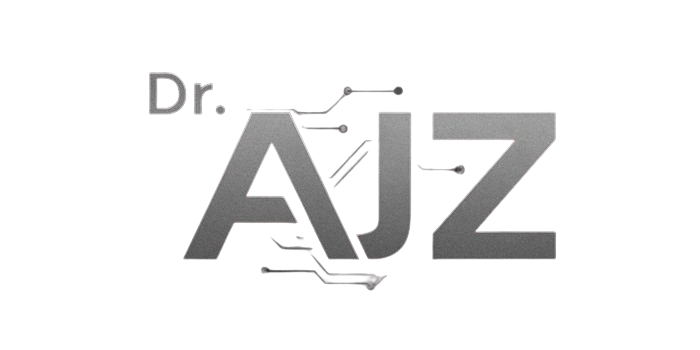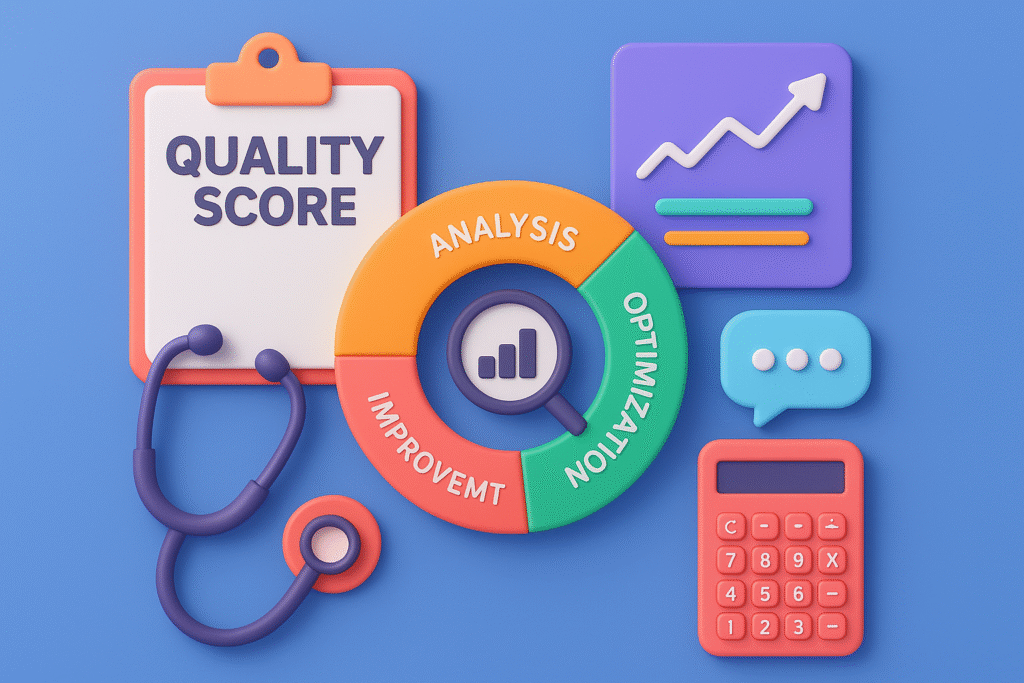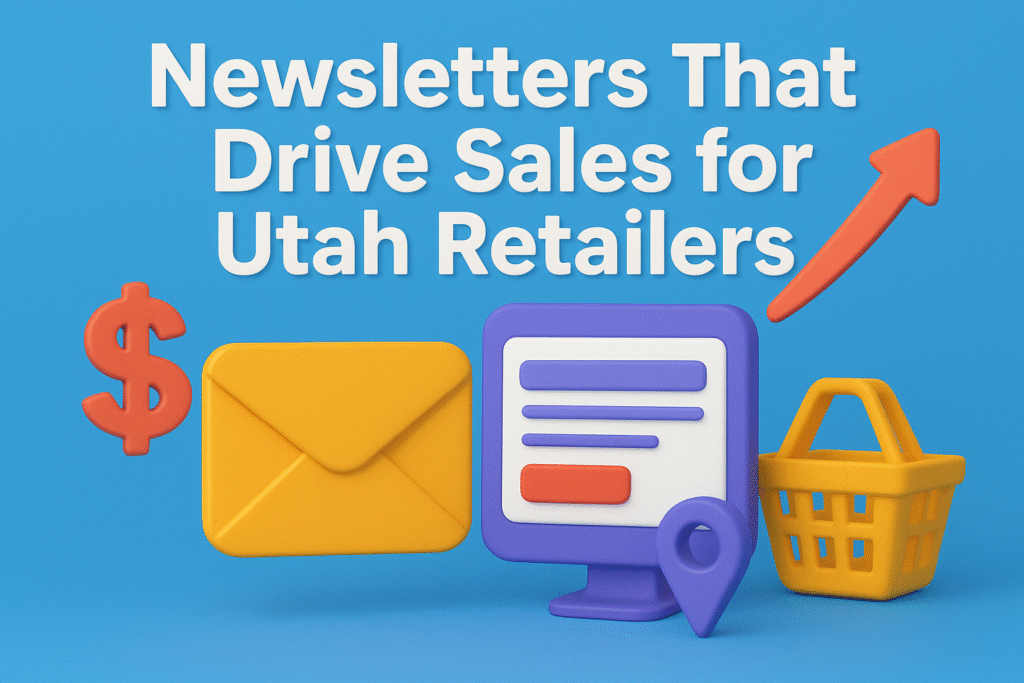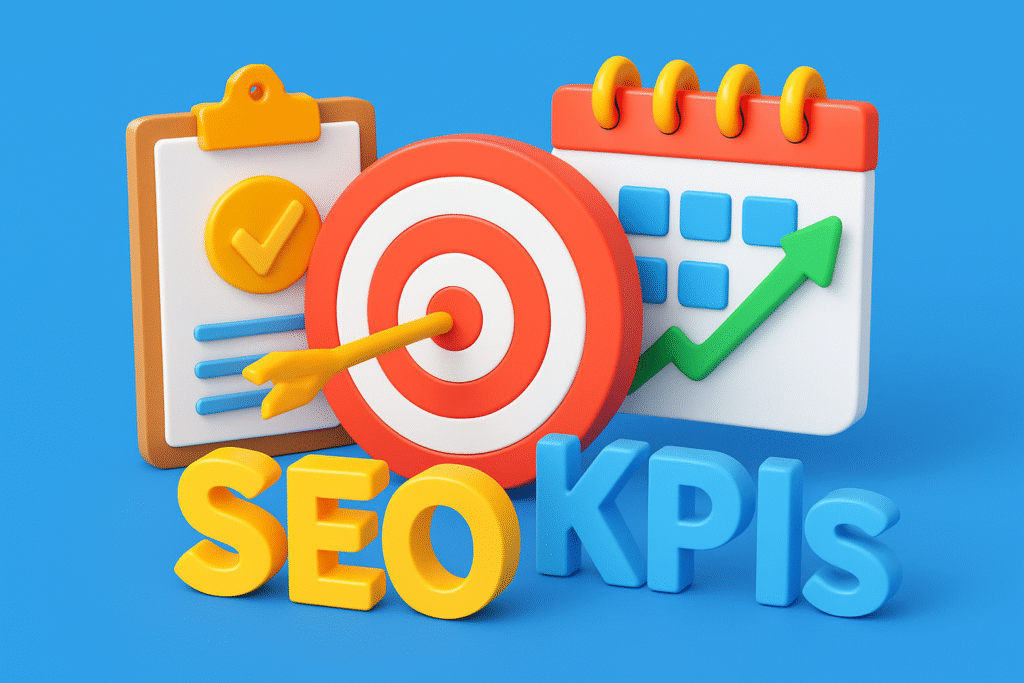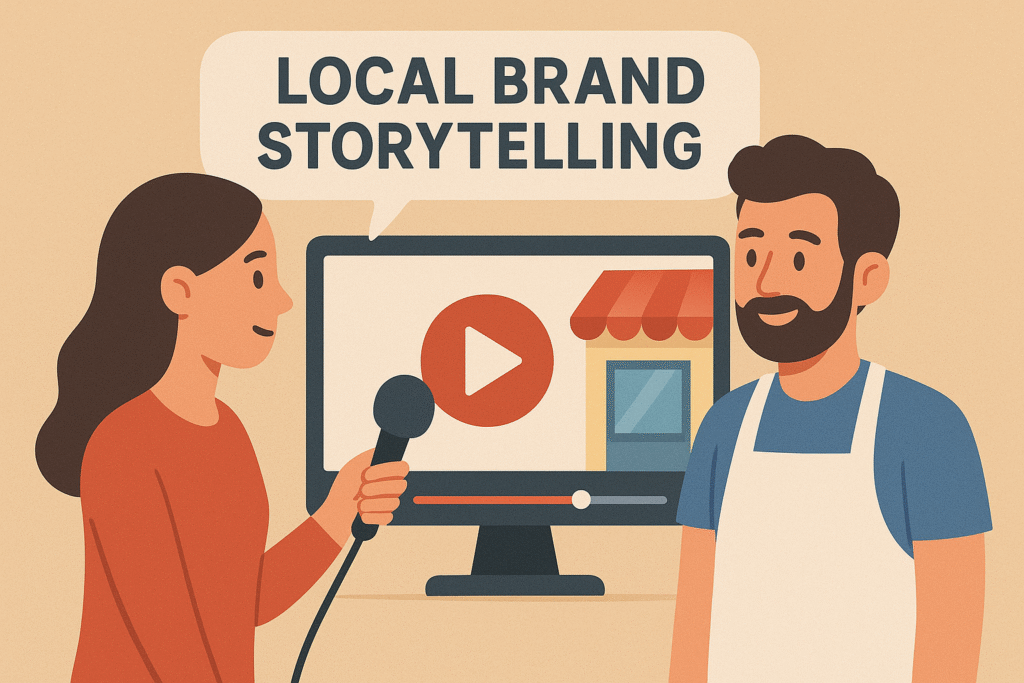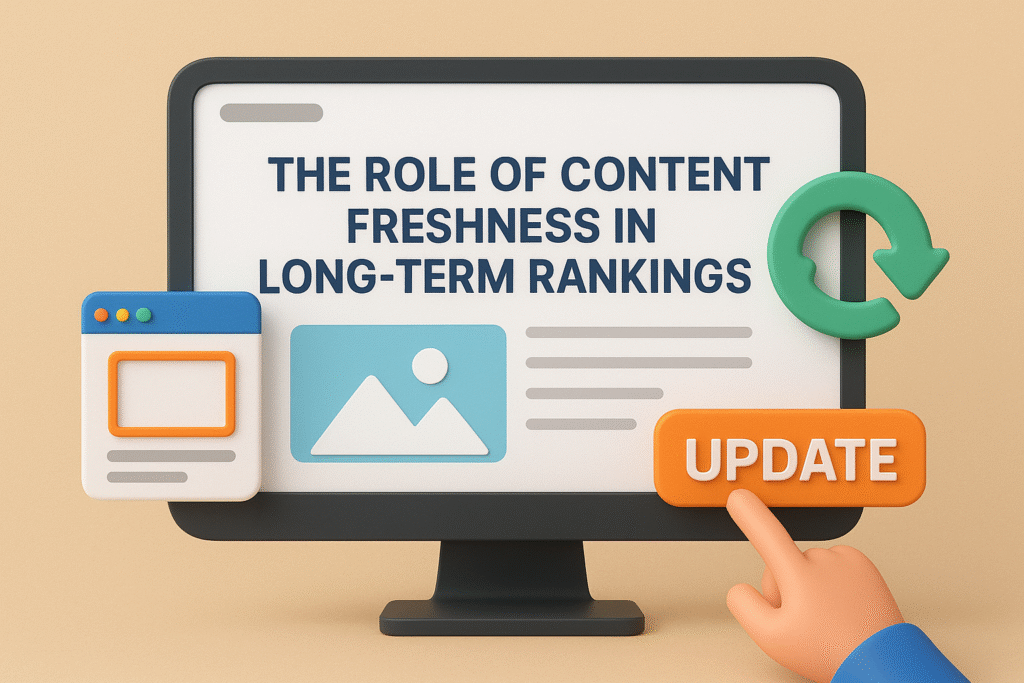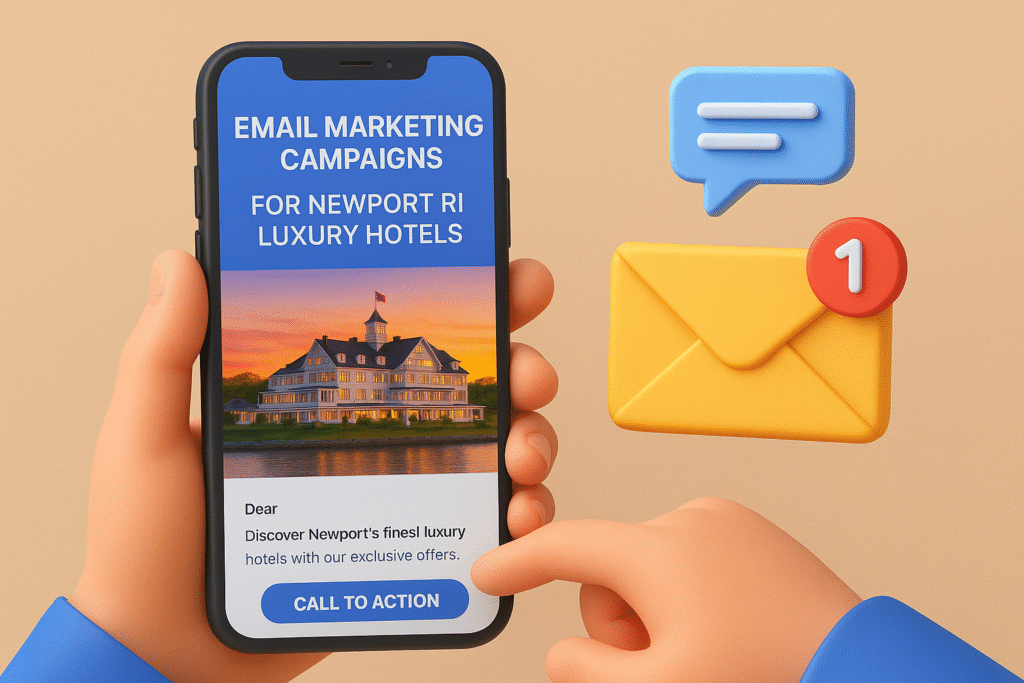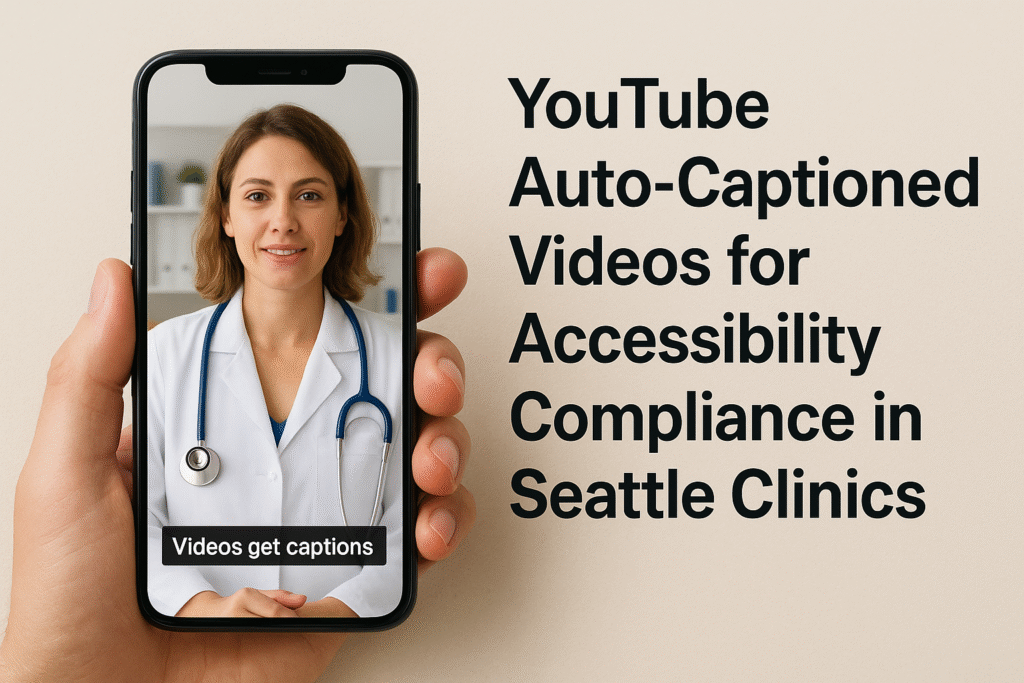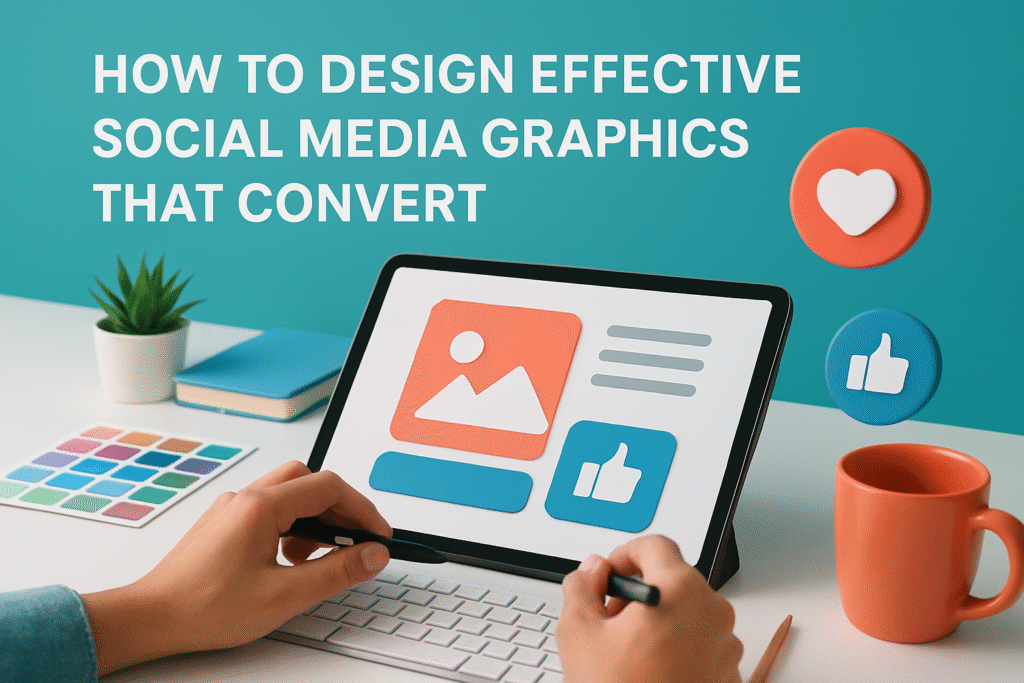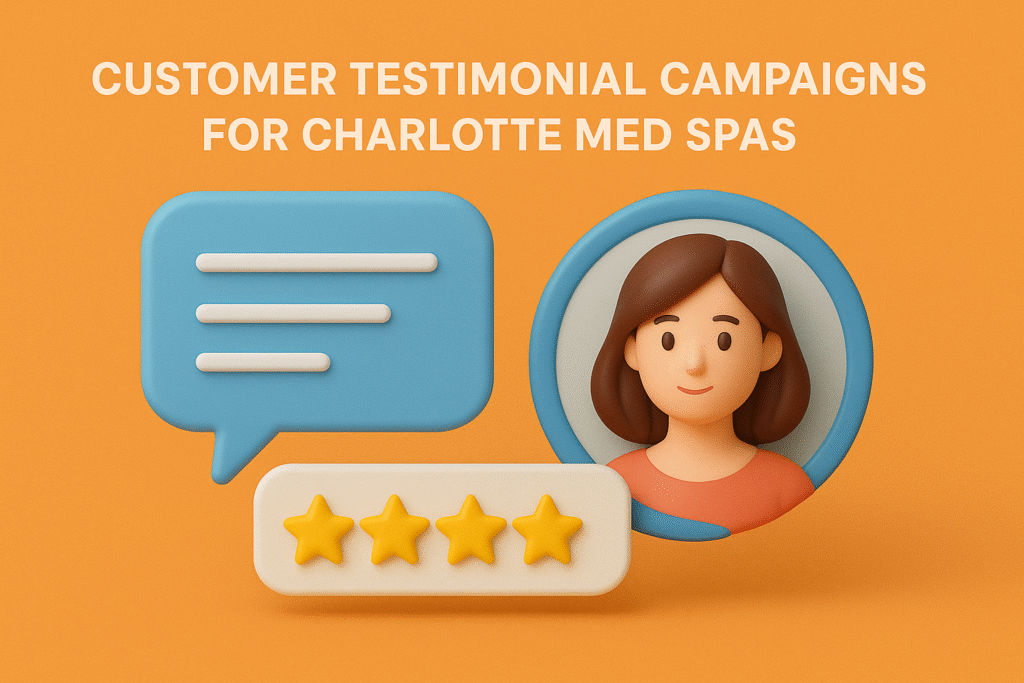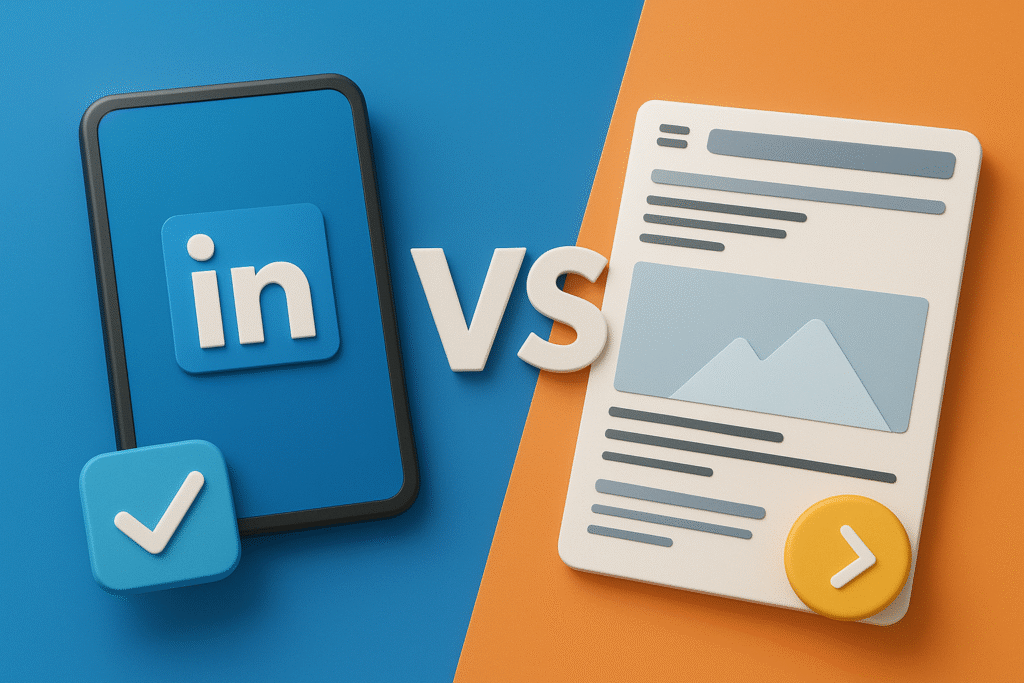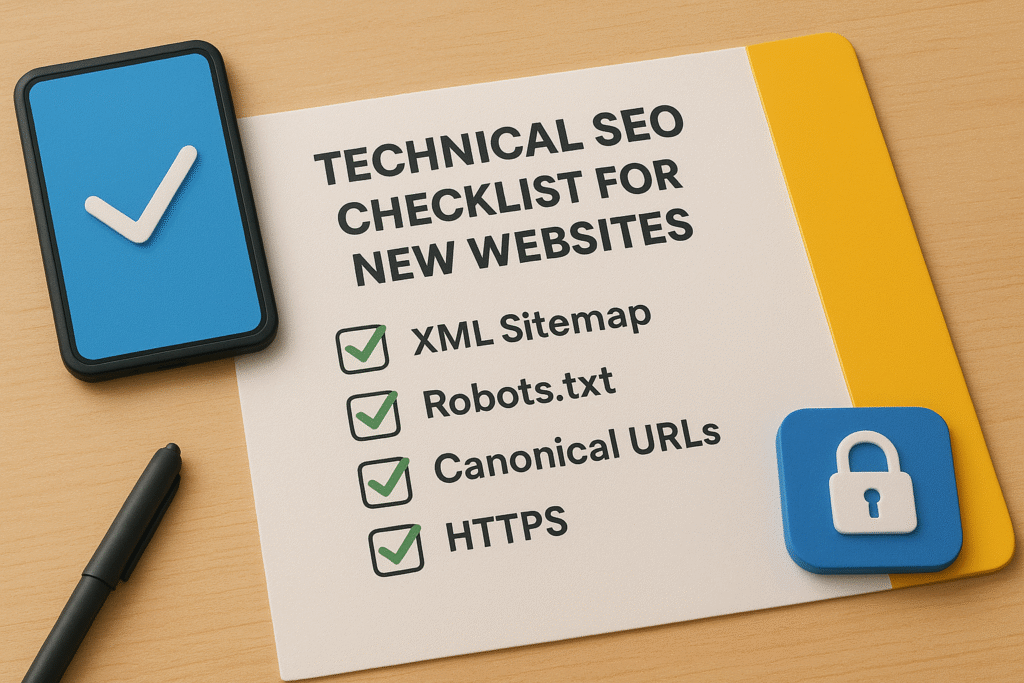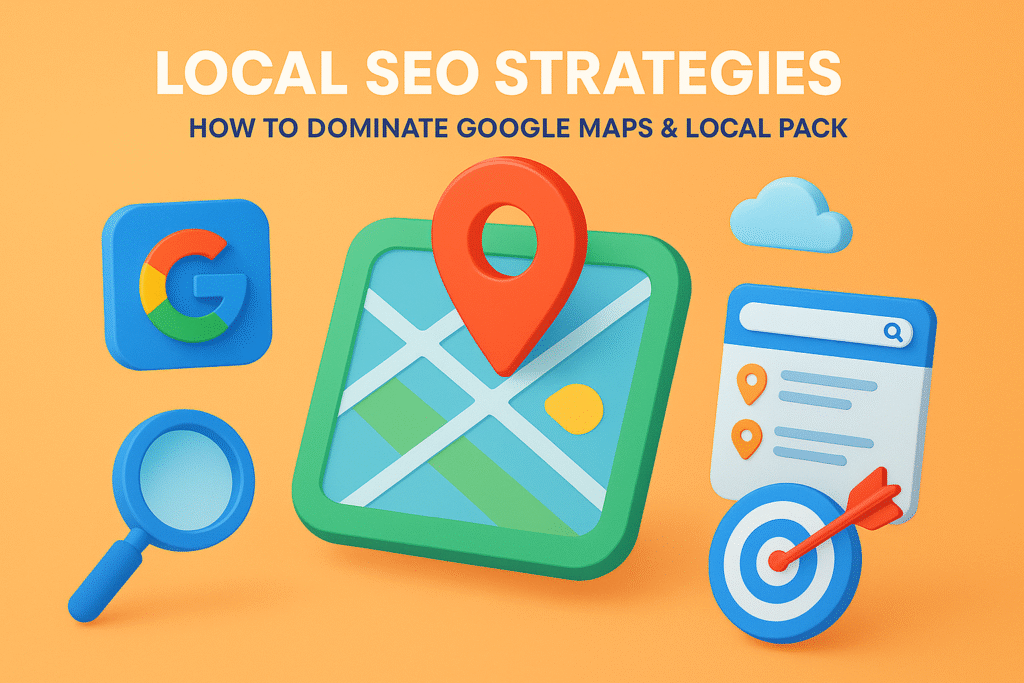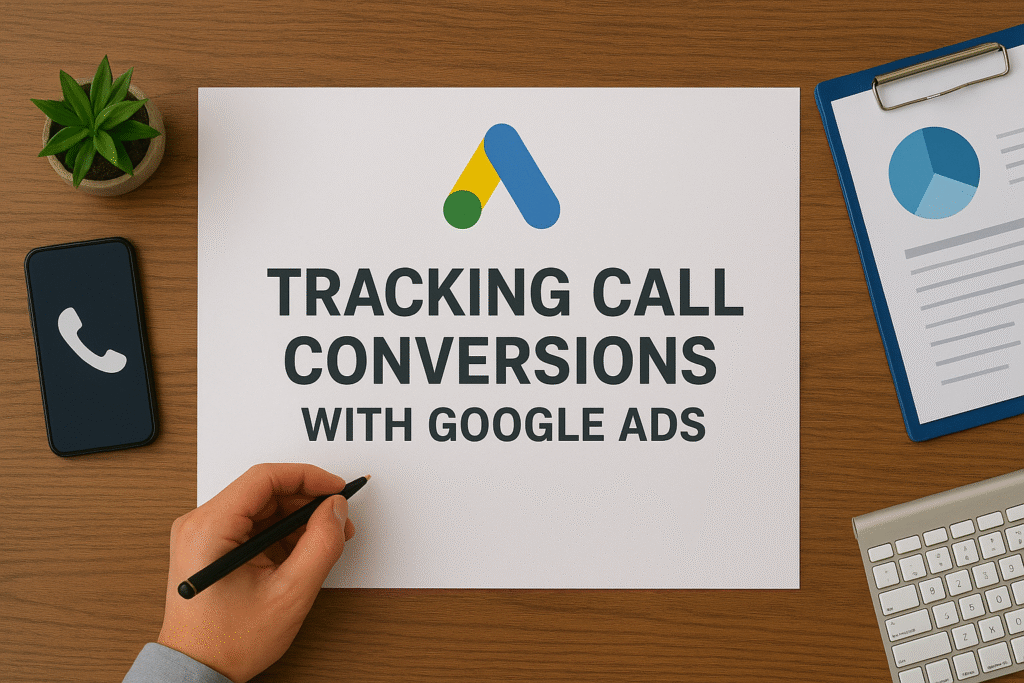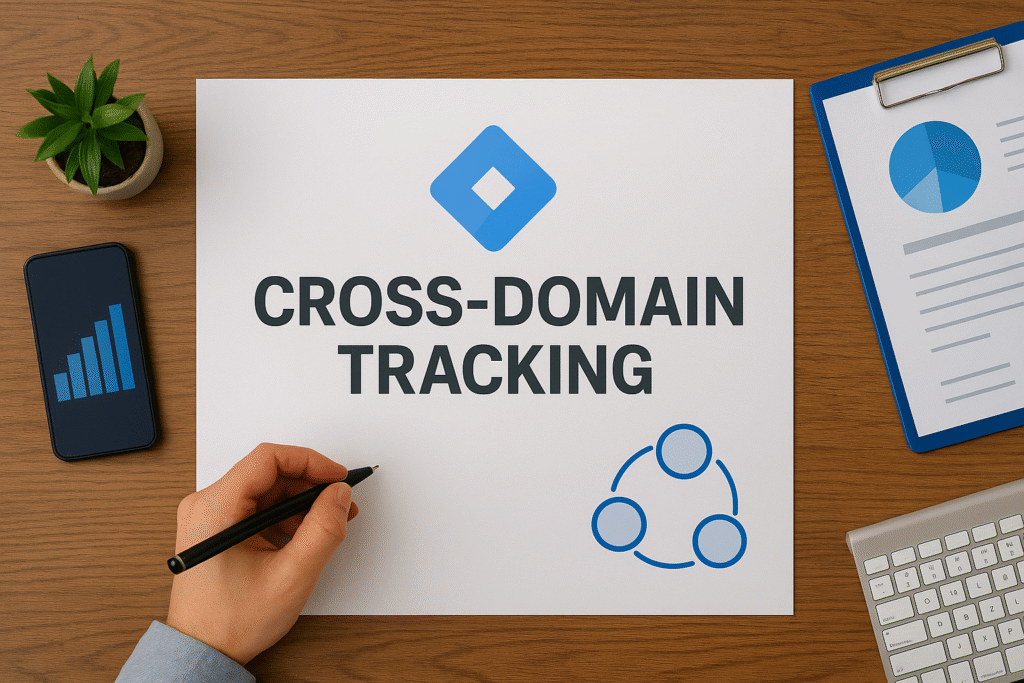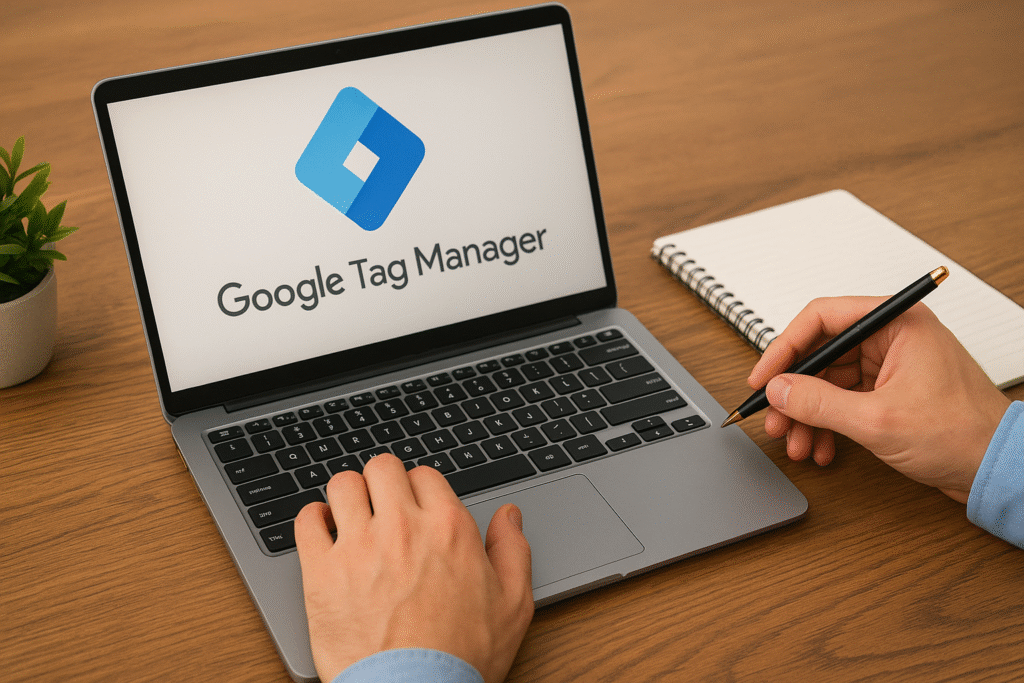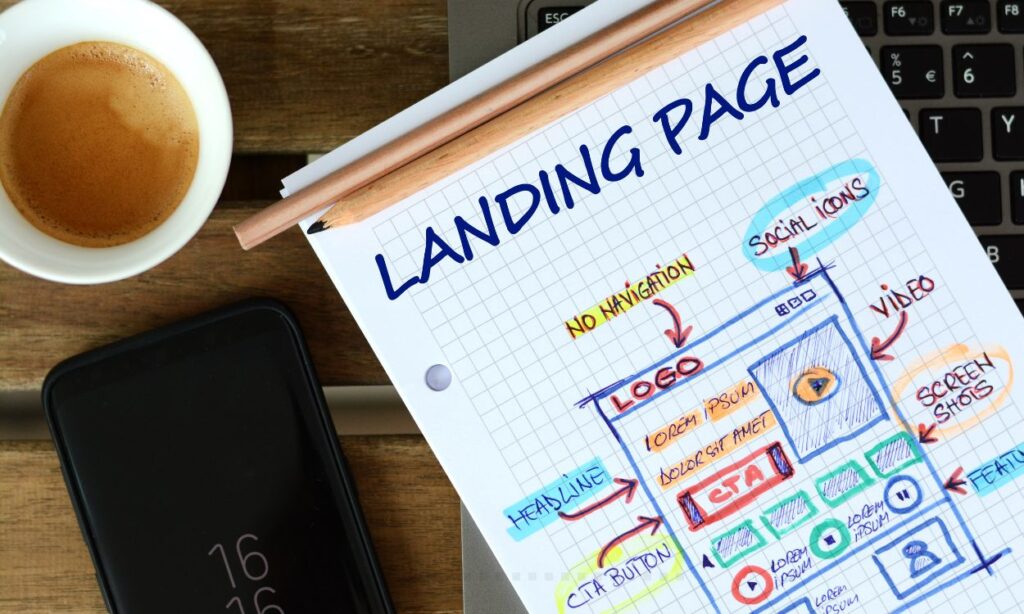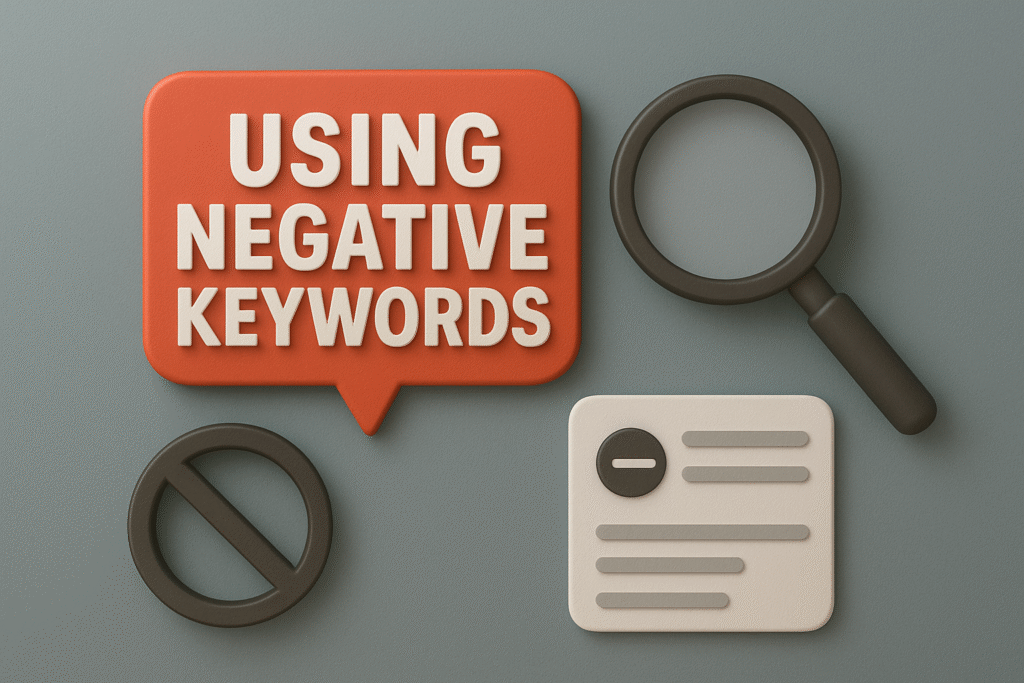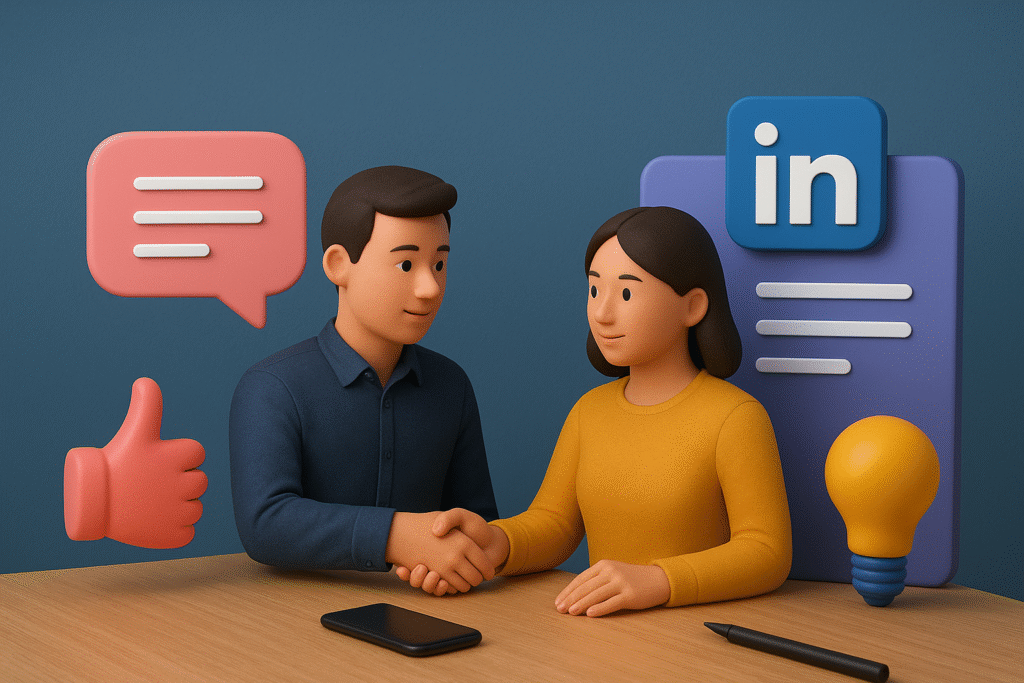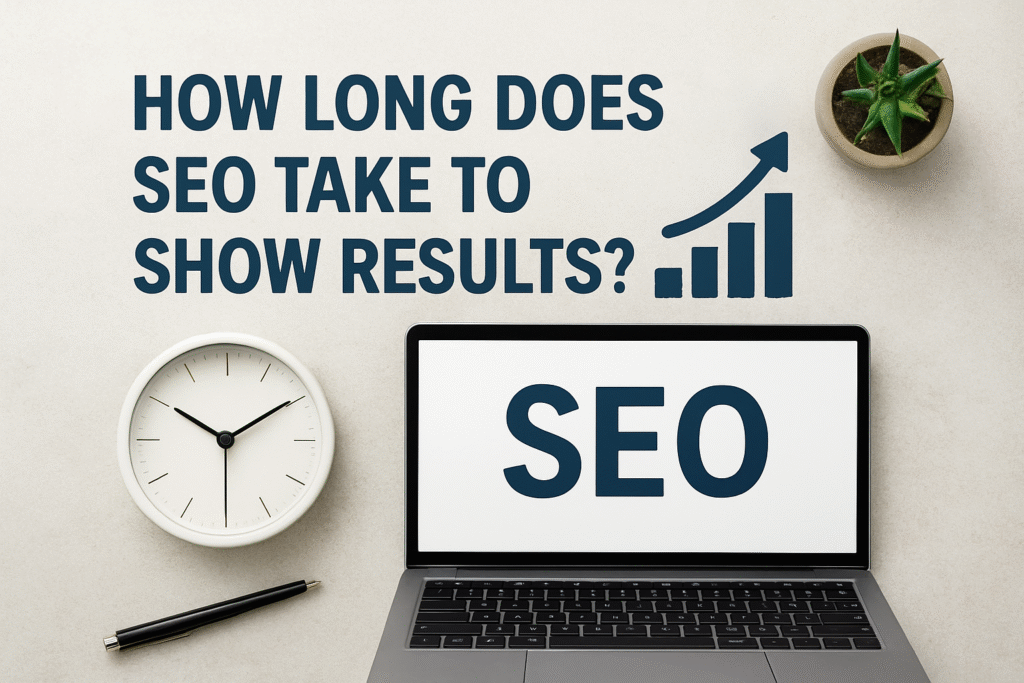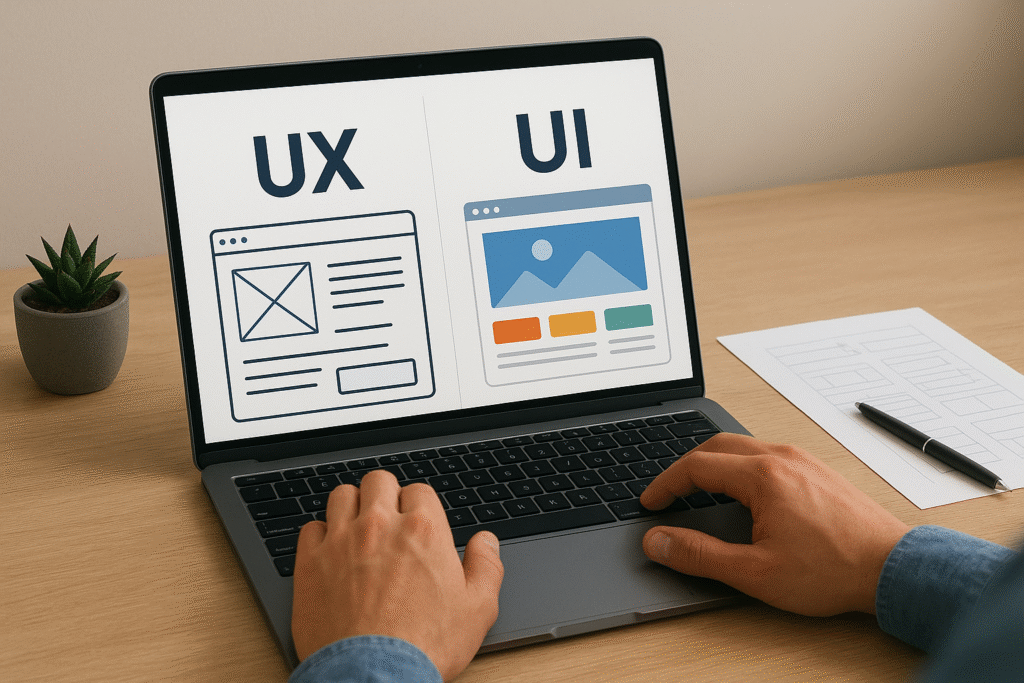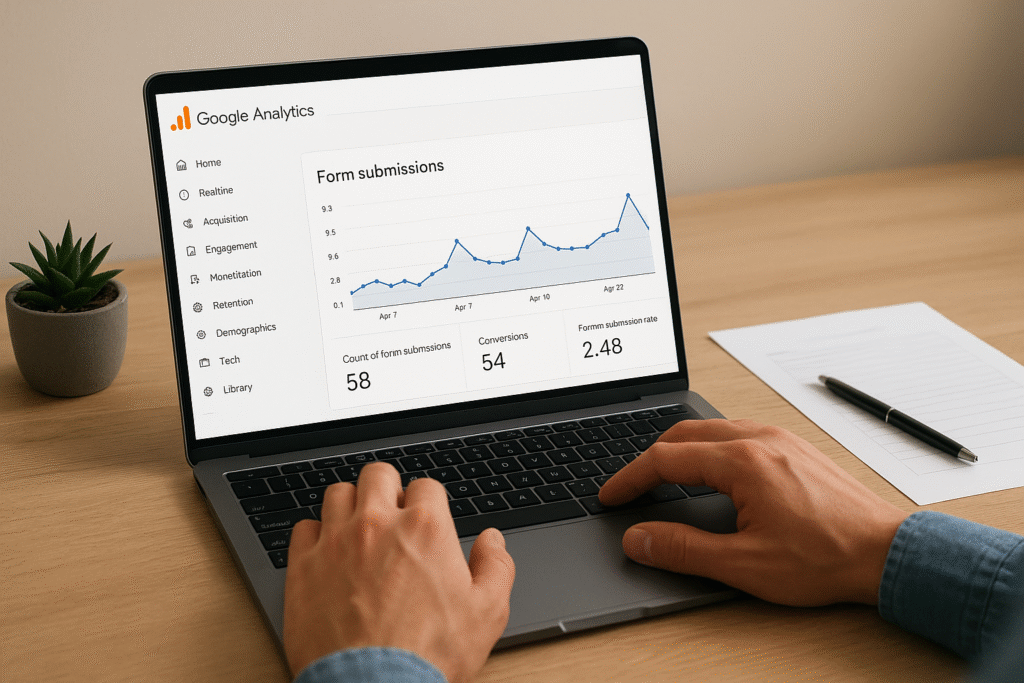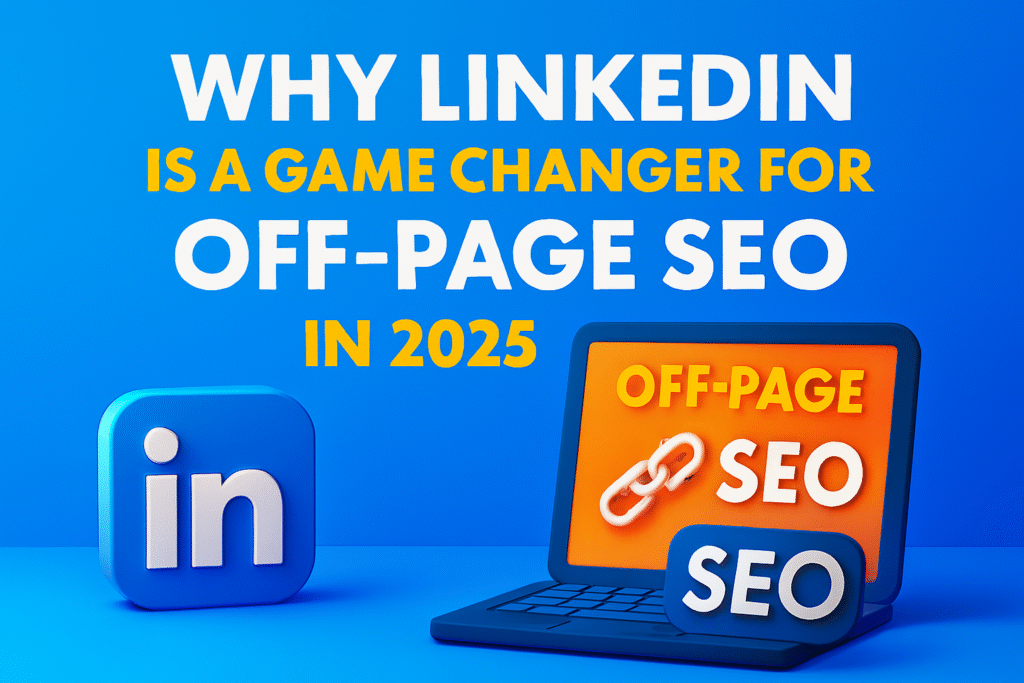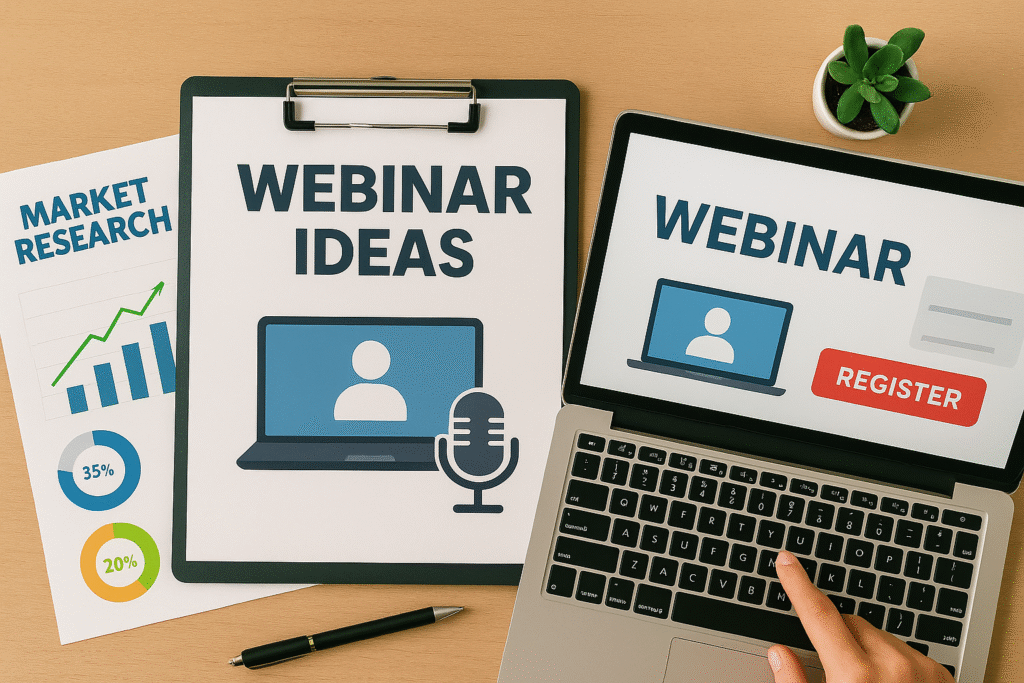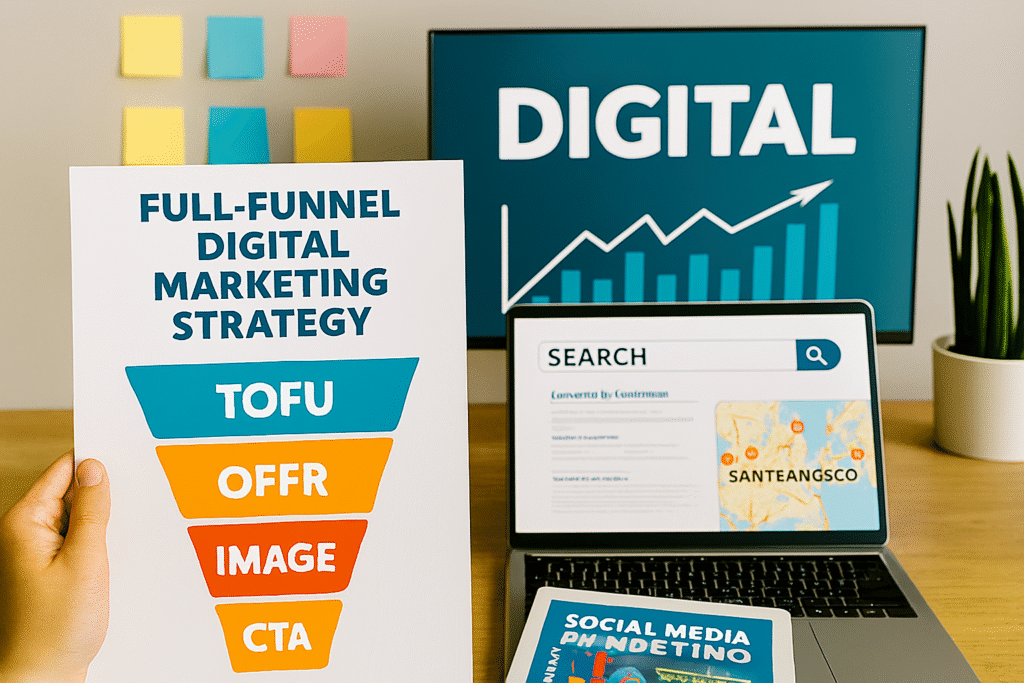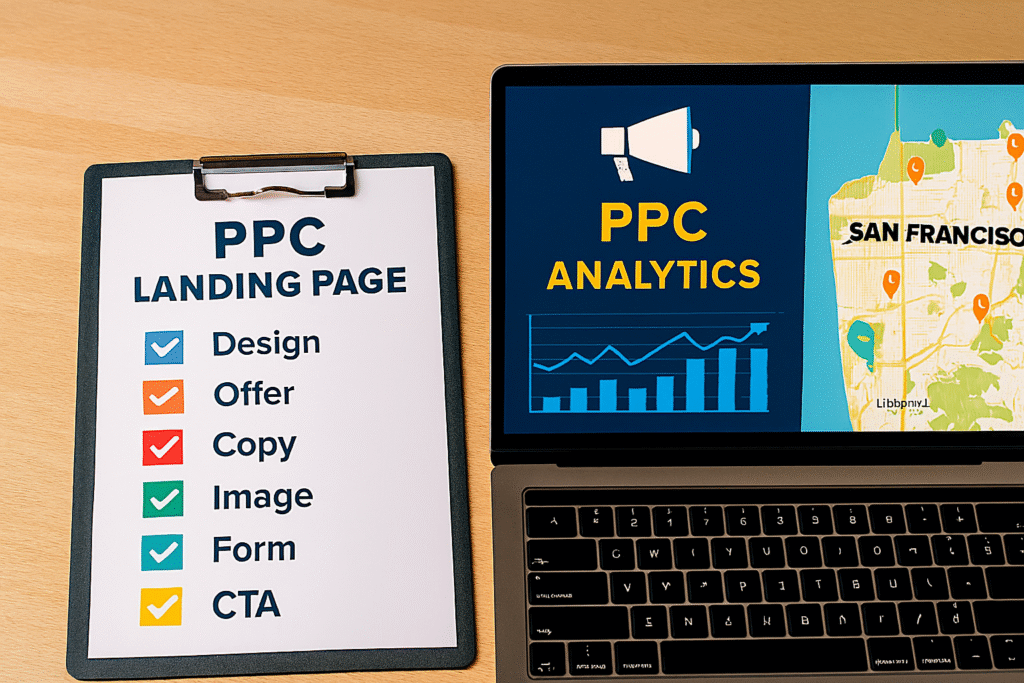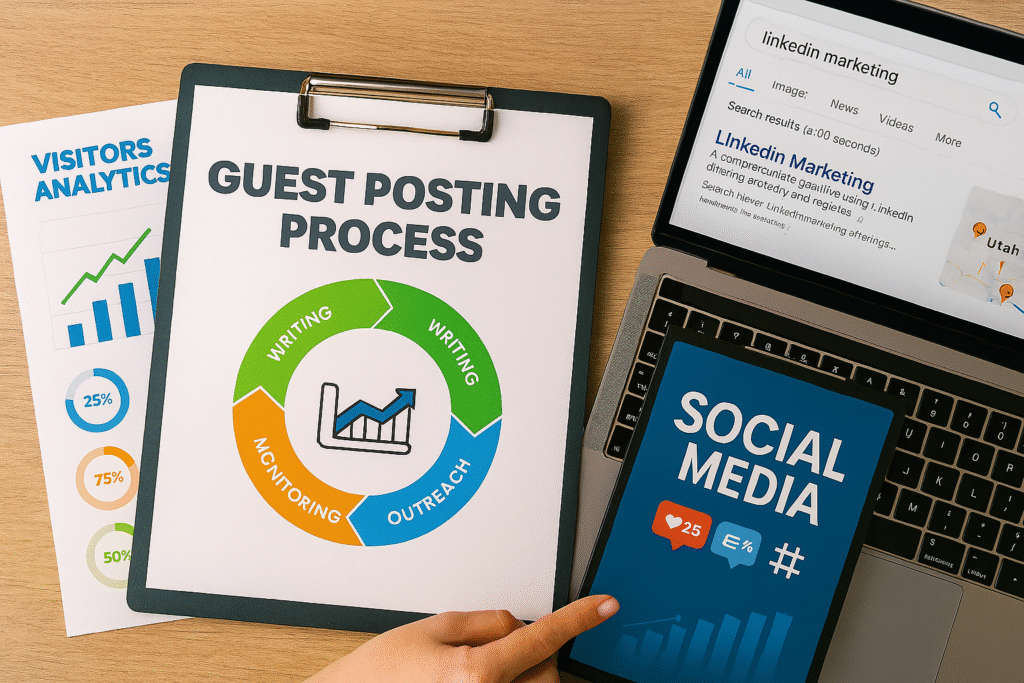Here’s What You’ll Learn in This Article
This article explains how Quality Score impacts Google Ads performance and why it’s crucial for lowering CPC and boosting ROI. You’ll discover the three core factors expected CTR, ad relevance, and landing page experience along with a step-by-step framework to diagnose and fix weaknesses. It also covers best practices, common mistakes to avoid, and how automation and AI tools can streamline optimization. By following this framework, advertisers can achieve higher ad positions at lower costs in 2025’s competitive PPC landscape.
Introduction
One of the most overlooked yet critical elements of running successful Google Ads campaigns is Quality Score. Marketers often focus on bids and budgets but forget that Google rewards relevance, user experience, and ad quality. That’s why I rely on a quality score diagnosis and optimization framework to evaluate performance, troubleshoot weaknesses, and implement fixes that directly lower CPC and increase ROI.
“According to WordStream, increasing Quality Score by just one point can lower cost per conversion by 16%.”
Source: WordStream
In 2025, when competition for ad space is fiercer than ever, having a framework for diagnosing and optimizing Quality Score isn’t optional — it’s the difference between profitable campaigns and wasted spend.
Understanding Quality Score in 2025
Quality Score is Google’s rating of your ad relevance, landing page experience, and expected click-through rate (CTR). It’s measured on a scale of 1–10 and directly influences your Ad Rank and cost-per-click (CPC).
The three main factors are:
- Expected CTR: How likely users are to click your ad
- Ad Relevance: How closely your ad matches the intent of the search query
- Landing Page Experience: The relevance, speed, and usability of your landing page
“Pro Tip: Ads with higher Quality Scores can achieve the same position as competitors at up to 50% lower CPC.”
Source: Search Engine Journal
Why Quality Score Matters for PPC Campaigns
Google Ads operates on an auction system. If your Quality Score is low, you’ll pay more for each click, even if your bid matches your competitor’s. With a high Quality Score, you can outcompete bigger advertisers with lower budgets.
Key benefits include:
- Lower CPCs
- Higher ad positions
- Better impression share
- Improved ROI
Tools like Google Ads Manager, SEMrush, and Optmyzr make it easy to monitor Quality Scores across campaigns.
Step 1: Diagnose Quality Score Issues
The first step in any quality score diagnosis and optimization framework is identifying weaknesses. Within Google Ads, you can see scores for each keyword broken down by:
- Expected CTR (Above average, Average, Below average)
- Ad Relevance (Above average, Average, Below average)
- Landing Page Experience (Above average, Average, Below average)
For example, if most keywords show “Below average” for landing page experience, you know optimization efforts should start there.
“Stat: 46% of all Google Ads accounts waste budget on keywords with low Quality Scores.”
Source: WordStream
Step 2: Improve Expected CTR
CTR has the strongest influence on Quality Score. To improve it:
- Write compelling ad copy with strong benefit-driven headlines
- Use dynamic keyword insertion for relevance
- Add ad extensions like sitelinks, callouts, and structured snippets
- Test multiple ad variations continuously
Platforms like SpyFu can help analyze competitor ad copy to identify gaps and opportunities.
Step 3: Enhance Ad Relevance
Ad relevance ensures your ad matches the searcher’s intent. To optimize:
- Group keywords into tightly themed ad groups
- Align ad copy directly with keyword themes
- Use negative keywords to eliminate irrelevant clicks
- Regularly refine keyword match types
“Pro Tip: Ad groups with fewer than 20 closely related keywords tend to achieve higher Quality Scores.”
Source: PPC Hero
Step 4: Optimize Landing Page Experience
Your landing page is where conversions happen, so Google evaluates it closely. To improve:
- Ensure landing page speed with Google PageSpeed Insights
- Maintain mobile-first responsive design
- Match landing page headlines with ad copy
- Add trust signals like reviews, certifications, and privacy policies
“Stat: Pages that load within 2 seconds have 50% lower bounce rates compared to slower pages.”
Source: Neil Patel
Tools like Unbounce and Instapage simplify A/B testing for landing page improvements.
Step 5: Monitor and Iterate
A Quality Score optimization framework isn’t one-and-done. I set recurring checkpoints:
- Weekly monitoring of keyword-level Quality Scores
- Monthly review of ad performance and CTR trends
- Quarterly landing page audits for speed and relevance
Platforms like Optmyzr automate much of this process, ensuring no keyword is left underperforming.
Step 6: Leverage Automation and AI
In 2025, automation tools play a major role in PPC. Using AI-powered recommendations can highlight optimization opportunities you may miss manually. Google’s built-in recommendations engine now provides insights into ad relevance and CTR predictions.
Third-party tools like Adalysis or Revealbot offer advanced automation for testing ad variations and monitoring Quality Scores in real time.
Common Mistakes to Avoid
- Using too many broad match keywords in one ad group
- Neglecting landing page optimization
- Ignoring negative keywords
- Running the same ad copy for months without testing variations
- Not tracking keyword-level Quality Scores
Best Practices for Quality Score Optimization
- Segment ad groups for tighter relevance
- Continuously test ad copy and headlines
- Use responsive search ads for dynamic optimization
- Align landing pages with ad messaging
- Monitor CTR and conversion data weekly
- Leverage automation for faster improvements
“Pro Tip: Advertisers who consistently optimize for Quality Score see average CPC reductions of 20–25%.”
Source: Search Engine Land
Final Thoughts
Google rewards advertisers who focus on relevance and user experience. That’s why having a clear quality score diagnosis and optimization framework is essential for PPC success in 2025. By systematically addressing CTR, ad relevance, and landing page experience, you not only improve rankings but also lower costs and increase ROI.
If you’d like me to implement this framework across your PPC campaigns, explore our PPC Optimization Services.
Frequently Asked Questions (FAQs)
1. What is Quality Score in Google Ads?
It’s a rating (1–10) based on expected CTR, ad relevance, and landing page experience.
2. How often should I check Quality Scores?
At least weekly, with deeper analysis monthly.
3. Does landing page speed impact Quality Score?
Yes. Slow-loading pages negatively affect landing page experience ratings.
4. Can automation help improve Quality Score?
Absolutely. Tools like Adalysis and Optmyzr automate testing and monitoring.
5. What’s a good Quality Score benchmark?
Aim for 7–10 for high-value keywords; anything under 6 should be improved.
6. Does improving Quality Score reduce CPC?
Yes. Higher scores allow you to pay less for the same ad positions.
